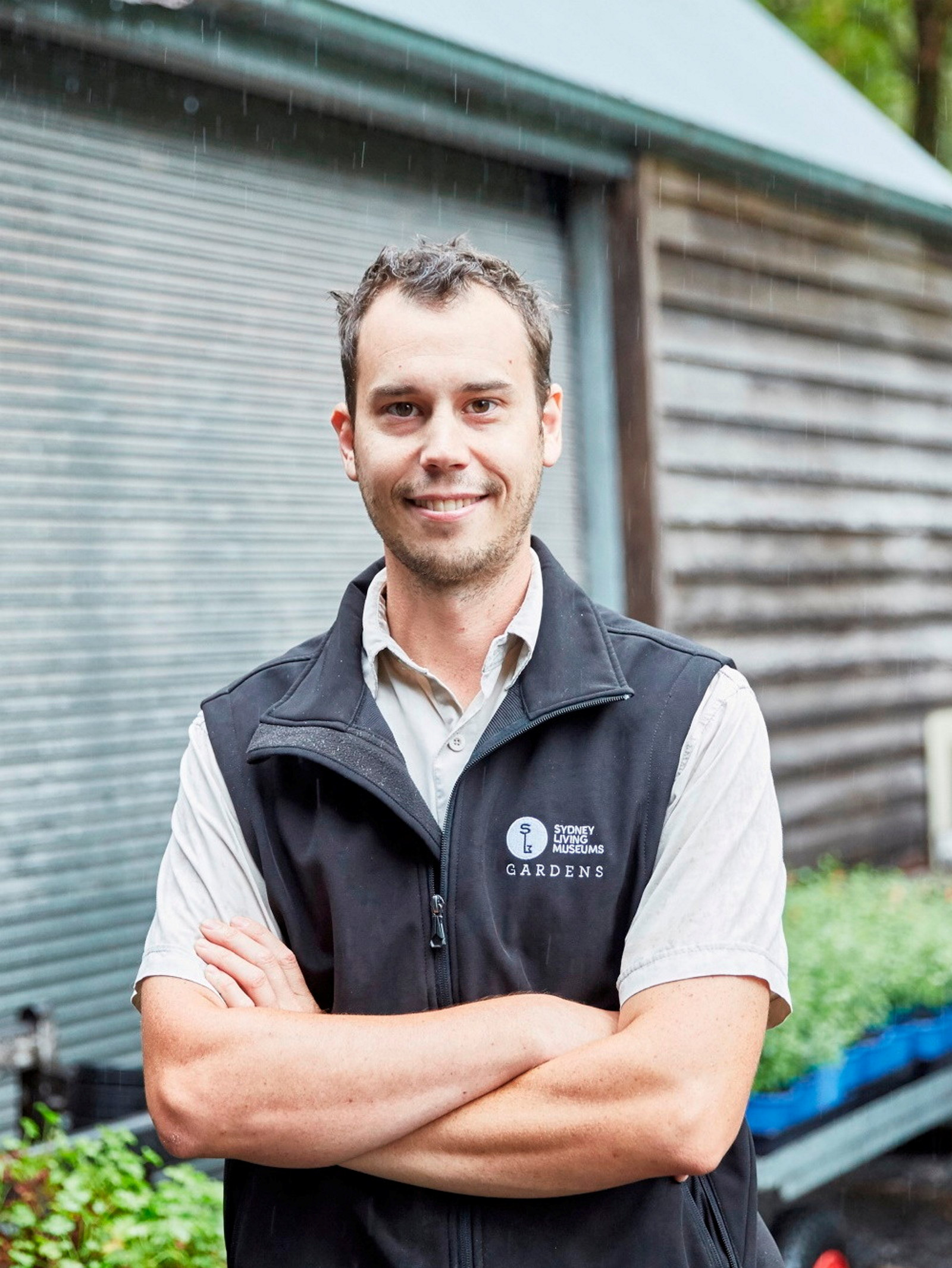Look out below, Bunyas above
It’s been a busy few months in the Gardens Team, spring has hit us hard and fast. The rain combined with the warm days has left us fighting to keep up with the rapid speed of grass growth at our properties. Wednesday’s heavy rain has given me some down time to show you the size of our Bunya Bunya Tree (Araucaria bidwillii) cones that have fallen during recent high winds.
Last Friday we turned up to find five of the bunya cones on the ground scattered under and around the youngest of our Bunya trees on the Carriage Loop at Vaucluse House, by days end we had collected nine cones. It always comes as a shock to find the cones on the ground because you usually have no idea they are even up there growing in the tree. The cones seem to grow only at the peak of the trees and not down low where they might be visible; up high they blend in with the foliage and become invisible.
Research says they fruit roughly every three years, but this particular plant has produced cones nearly every year for as far as I can recall. Our much bigger specimen near the car park at Vaucluse House is far more unpredictable and I have only seen it drop cones 2-3 times over the past 10 years. We keep an eye on the trees with binoculars but it’s still almost impossible to see if there are cones up there or not till they crash to the ground. Last year the cones on the Bunya trees at Elizabeth Farm were eaten by Corellas before they even got a chance to hit the ground, taking away some of the dangers for us.
Once the trees start to drop cones, we usually barricade off the area and place signage just to warn visitors of the dangers that are above. We weighed our largest cone so far and it came in at 3.3kgs; imagine that hitting you on the head from a great height!
You can come and see the size and weight of the cones for yourself as we have one on display in the shop/entry to Vaucluse House.
I’ve always wanted to try and make a Bunya nut pesto, but been put off by the process involved to get the nut out; hopefully I will get around to it one year. Check out more about the Bunya Bunya trees from our Cook and the Curator blog.
Published on
Plant your history
Browse all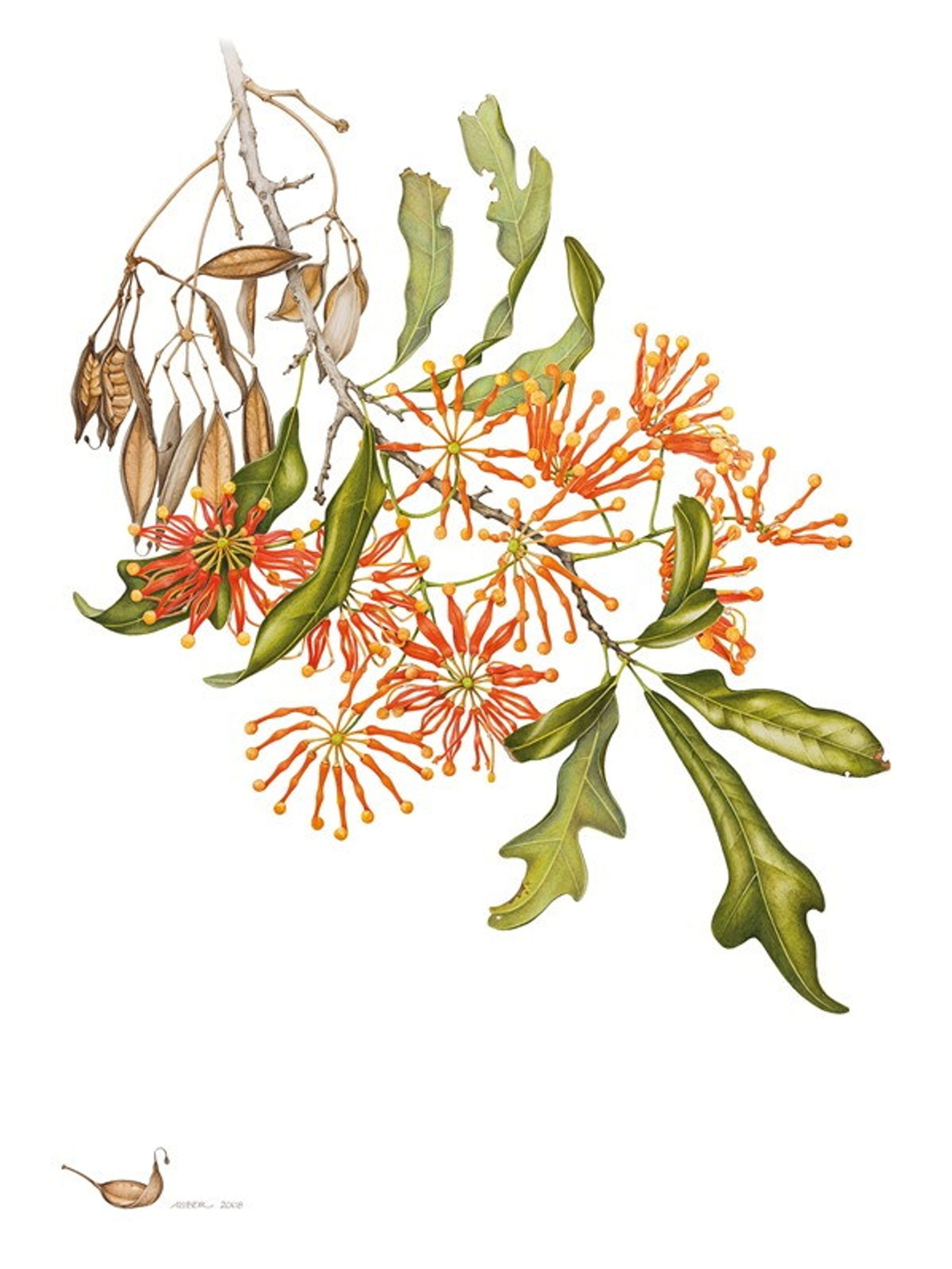
Florilegium plants
A gathering of flowers: the Florilegium collection
Finely detailed botanical artworks reveal the range of plants introduced to Sydney’s gardens over the past 200 years
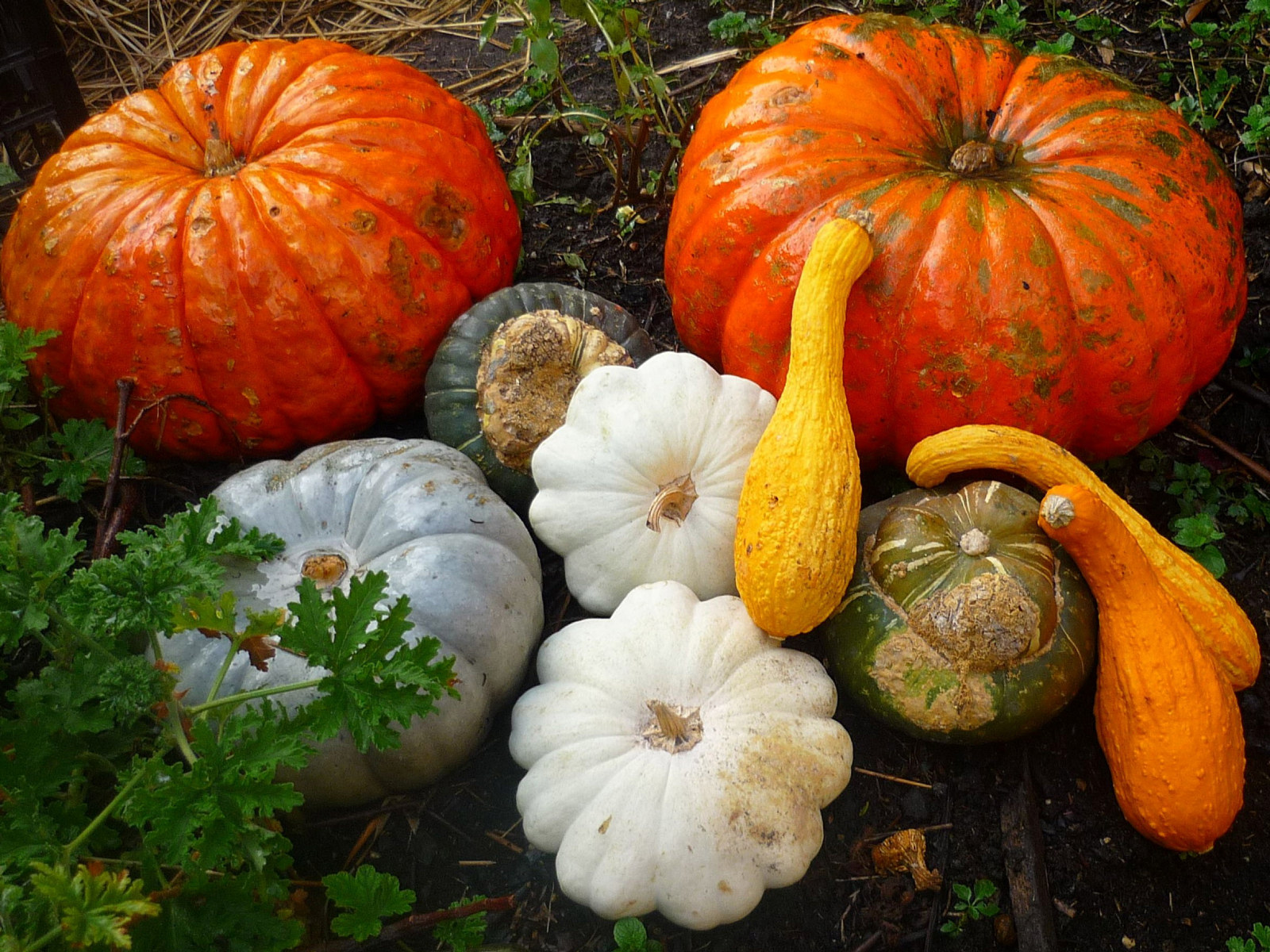
Plant your history
A harvest of melons and pumpkins
Learn how to care for your cucurbits with horticulturist Anita Rayner, read about the great watermelon heist of 1811 and discover some forgotten heirloom varieties
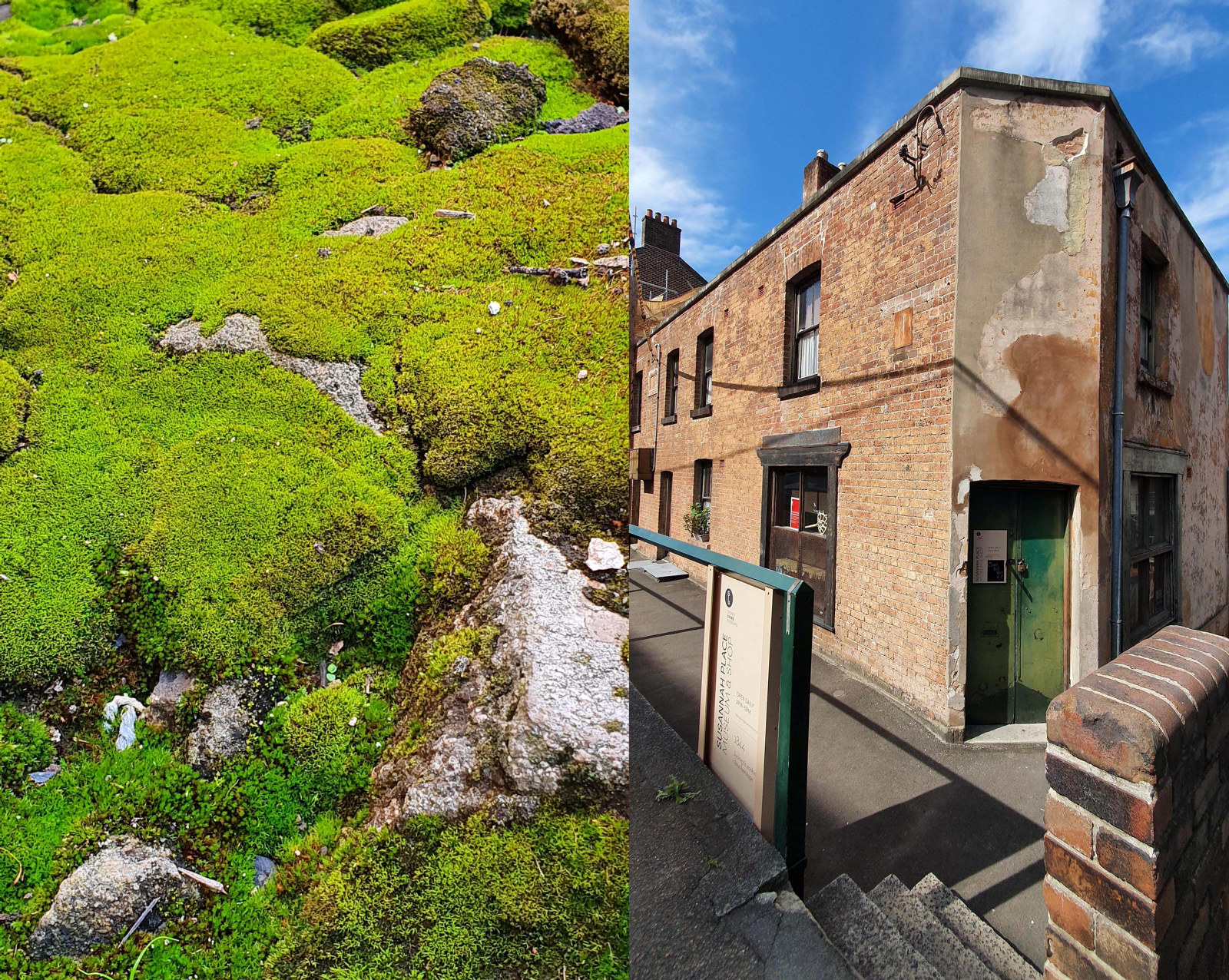
Plant your history
A mossy analogy for Susannah Place: small but mighty
Mosses are everywhere! They are small, mighty, unsung and inhabit the most unusual places. They can be found in all our museum outdoor spaces if one looks closely enough
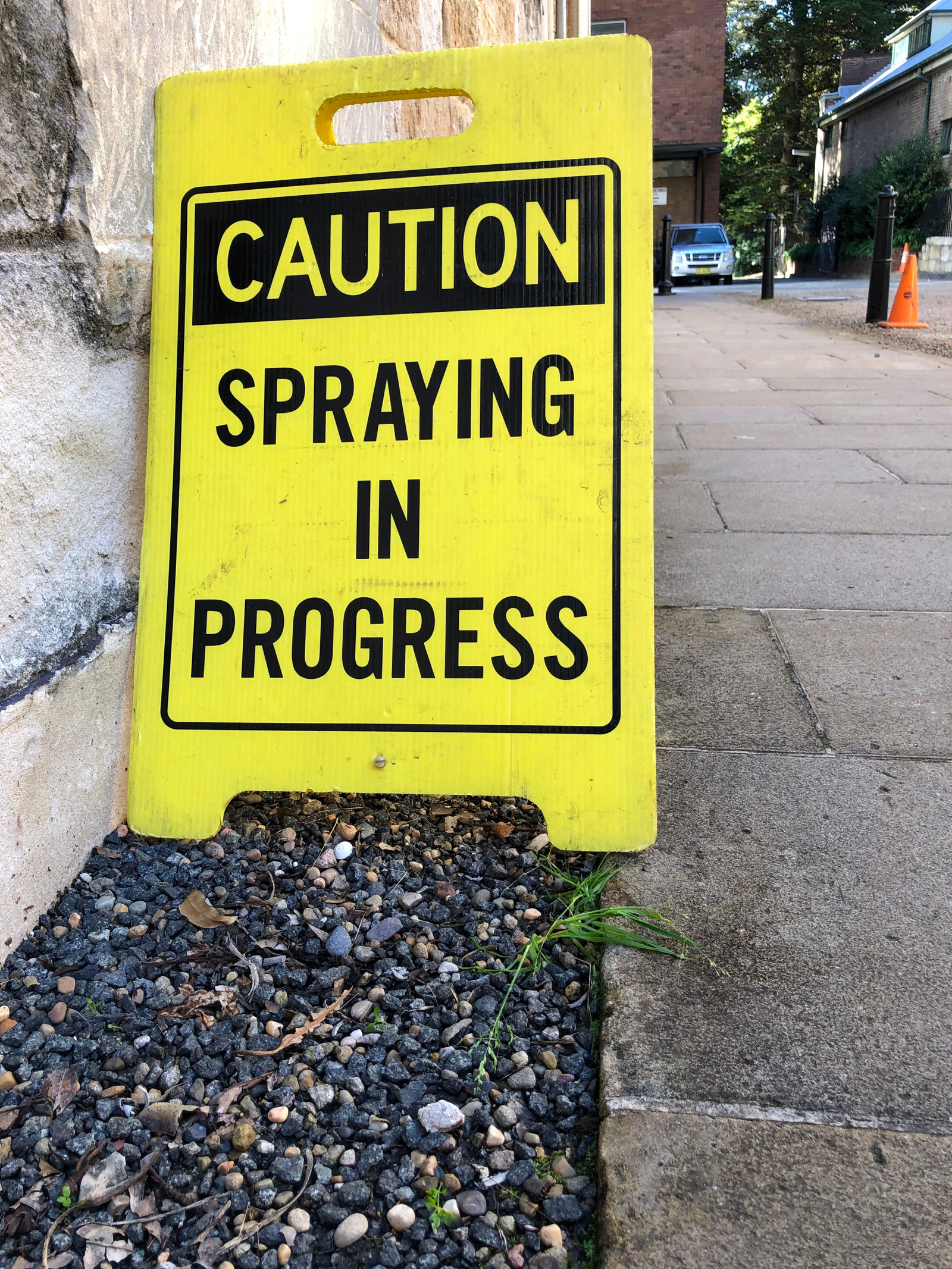
Plant your history
A new weapon in the war on weeds
A black and yellow sign warns me there is “Spraying in Progress”, and I wonder for a moment why no one is wearing a mask, or even gloves. But the dangerous looking mist enveloping these men is not what it seems
